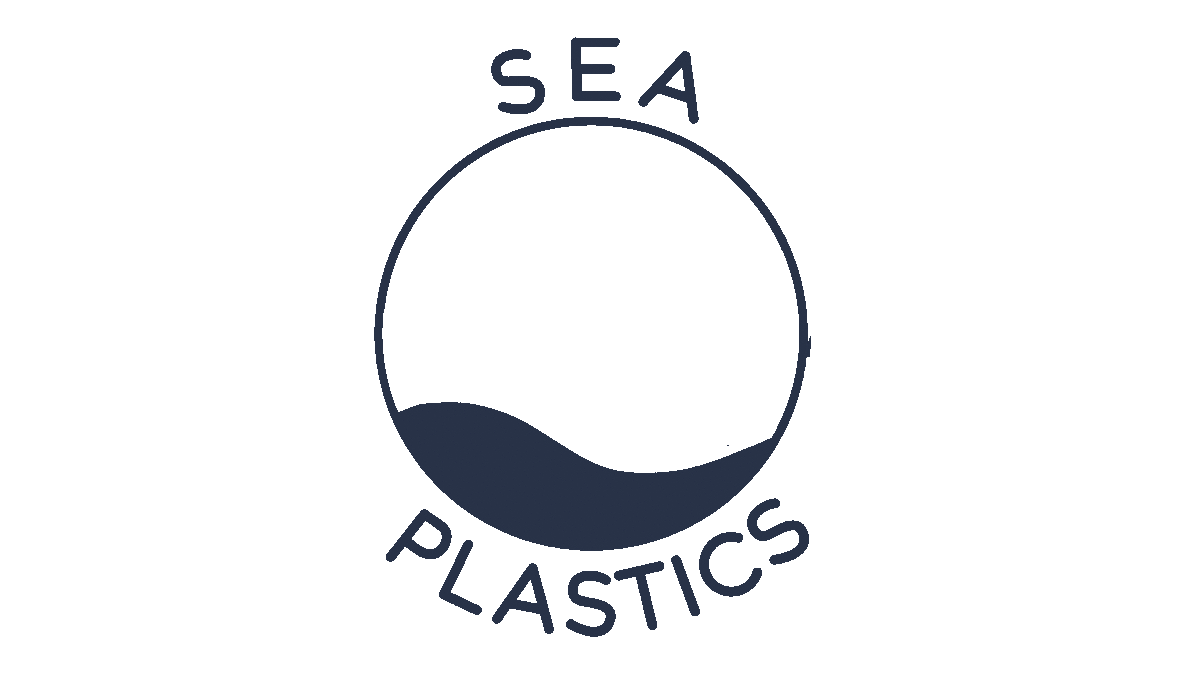
PROGRAMME SCIENTIFIQUE
EXPEDITION 2018

Une étude de la répartition verticale des microplastiques



L'expédition SEA Plastics 2018 cible 26 zones d'échantillonnage. Elles sont fixées dans le but d'avoir une idée plus globale de la répartition verticale des microplastiques en méditerranée occidentale.
Deux zones d'échantillonnage sont définies dans la colonne d'eau :
- entre 100 et 50 mètres
- entre 50 mètres et la surface.
Les objectifs de l'analyse de ces échantillons sont:
-
Trouver une corrélation entre la concentration de plastique en surface et en profondeur (ce qui suggère que les espèces vivant en profondeur sont aussi touchées par la pollution plastique),
-
Trouver ou non une corrélation entre le sens des courants marins et la présence de plastiques en surface, et en profondeur.
-
Vérifier que les récentes études de cartographie du plastique en Atlantique par Expédition 7ème Continent (1) sont applicables en Méditerranée.
-
Améliorer les modèles informatiques de répartition des plastiques en y implémentant des données prises sur le terrain.
Ces échantillons sont en attente d'être triés et comptés à la main au laboratoire Marbec à l’aide d’une loupe binoculaire. Cette étape longue et fastidieuse permet à la fois de trier les micro-plastiques parmi les autres débris, et de les quantifier dans les échantillons d’eau. Une fois triés et comptés, chaque micro-plastique est passé en spectroscopie infrarouge, ce qui permet de connaître leur composition chimique et donc de savoir de quel type de plastique il s’agit.
(1) Brach et Al., 2017 : Anticyclonic eddies increase accumulation of micoplastic in the North Atlantic subtropical gyre




Echantillons en attente d'analyse dans les laboratoires de l'UMR Marbec.

Test d'un protocole innovant: la bouée Gyroplastic

L’analyse d’échantillons d’eau en laboratoire est très fastidieuse, en particulier l’étape de tri et de comptage des microplastiques à la loupe binoculaire (de l’ordre d’un échantillon trié par jour, pour les plus expérimentés).
Afin de tester de nouveaux protocoles plus économiques en temps d’analyse, un travail de développement de la Bouée Gyroplastic a été réalisé en partenariat avec le CNES (Centre National d'Etude Spatiales). Cette bouée est constituée de plusieurs capteurs (voir le schéma ci-contre) et d’un ordinateur qui transmet les données en temps réel sur un serveur. Le dernier capteur, basé sur la technologie des spectromètres infrarouges, permet de mesurer la quantité de plastique relative dans un volume donné en temps réel.
Les objectifs finaux de l'utilisation de cette bouée sont:
-
Eviter un comptage systématique des échantillons, étape longue et fastidieuse.
-
Analyser de plus grands volumes d’eau.
-
Faire des corrélations entre la présence de plastique et les autres paramètres enregistrés par les multiples capteurs de la bouée.
-
Améliorer les modèles informatiques de répartition des plastiques en y implémentant des données prises sur le terrain.



L'analyse des données a révélé un problème d'étalonnage. Pour être certain des mesures, chaque capteur devra donc être étalonné indépendamment avant de parvenir à construire cette fameuse bouée gyroplastique! Une mission toute trouvée pour l'expédition 2019.
Photo-identification et évaluation de l'impact de la pollution plastique sur les cétacés

L'expédition 2018 a réalisé de la photo-identification de cétacés afin de participer au recensement de ces espèces qui sont de plus en plus menacées. Pour cela, l'équipage a appris à reconnaître les différentes espèces de cétacés présentes en Méditerranée.
Un hydrophone leur a également permis d'entendre les sons émis par cette faune et d'en identifier les différentes espèces confirmant ainsi leurs observations visuelles. De plus, les sons émis par les cétacés permettent d'identifier leur comportement. En comparant les comportements des cétacés avec la carte de répartition des plastiques, l'équipage 2018 en collaboration avec Benjamin Montgolfier du laboratoire Aquasearch cherche à établir une relation entre la pollution plastique et le comportement des cétacés.

Les résultats sont en cours d'analyse par le laboratoire Aquasearch.

